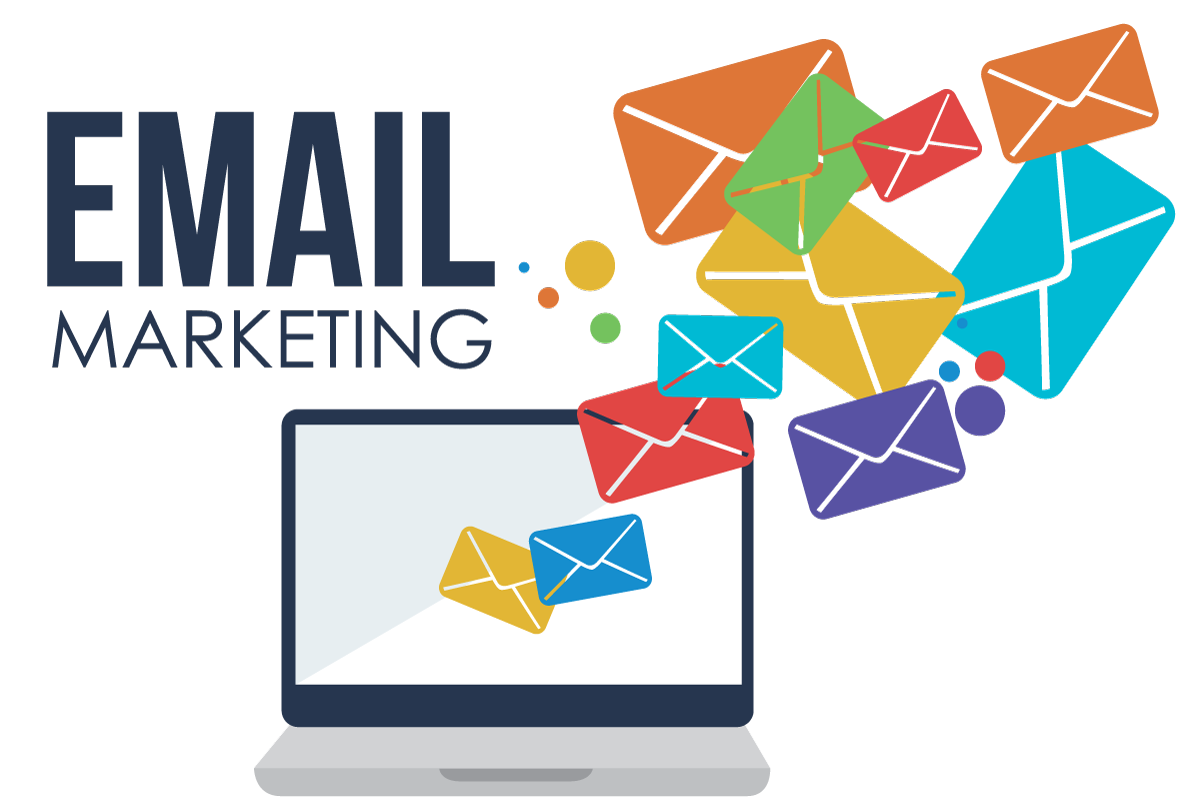As a creator, managing multiple tools to handle various aspects of your business can quickly become overwhelming. From content scheduling to payment management, it’s not uncommon to find yourself using several disconnected apps and platforms.
However, this fragmented approach often leads to inefficiencies, lost time, and missed opportunities. Transitioning to a unified platform allows you to manage your content, payments, and audience engagement seamlessly.
In this guide, we’ll explore how creators can transition from using fragmented tools to an all-in-one solution like superprofile bio, and the benefits of doing so.
The Problems with Fragmented Tools
While using multiple specialized tools may seem like a great idea at first, creators often encounter these problems:
- Time Management Issues
Switching between different apps to complete tasks can lead to inefficiency and time loss. For example, managing your social media posts on one platform, payments on another, and content creation elsewhere requires unnecessary back-and-forths. - Data Silos
When tools aren’t integrated, it’s easy for important data to be siloed in one system, which can make tracking your overall performance difficult. - Higher Costs
Subscribing to multiple services can be costly over time. A unified platform eliminates the need for multiple subscriptions and simplifies your costs.
Benefits of Transitioning to a Unified Creator Platform
Moving to a unified platform like superprofile bio offers numerous benefits:
- Streamlined Processes
With a single platform, you no longer need to switch between different tools for tasks like content creation, event management, and audience engagement. Everything can be managed from one place, saving you time and effort. - Integrated Data and Analytics
A unified platform gathers all your data—whether it’s from sales, audience interaction, or engagement metrics—in one place. This integration provides you with clearer insights into what works and what doesn’t. - Cost Efficiency
Using an all-in-one platform reduces the cost of maintaining several subscriptions. With one payment, you access a variety of features that would otherwise require multiple services.
How to Make the Transition
Transitioning from fragmented tools to a unified platform like superprofile bio doesn’t have to be a headache. Here’s a step-by-step guide to help you make the shift seamlessly:
1. Identify Your Current Tools and Requirements
Start by listing all the tools you currently use and what you rely on them for. For example, you may be using a separate platform for content scheduling, a different one for payments, and another for communication.
2. Research the Features of a Unified Platform
Explore what a unified platform offers. Tools like superprofile bio allow you to:
- Manage your events and bookings
- Sell digital products and services
- Integrate payment systems
- Engage with your audience all from one place
3. Migrate Your Data
Once you’ve identified the tools to replace, start migrating your data to the new platform. For example, move your client list, payment systems, and scheduled content into a unified platform.
4. Test and Optimize
Before fully committing to a single platform, test out its features. Ensure that it integrates well with your workflow and makes managing your creator business easier. Adjust settings and configurations to make it work best for you.
Features of a Unified Platform
When choosing a unified platform, look for these essential features:
| Feature | Description |
| Event and Booking Management | Manage and track event registrations, appointments, and meetings |
| Digital Product Sales | Sell courses, eBooks, and other digital products directly |
| Integrated Payments | Handle payments with built-in integrations for services like PayPal |
| Audience Engagement | Use built-in email tools to interact and follow up with your audience |
Signs It’s Time to Transition to a Unified Platform
Managing your business across multiple platforms can become overwhelming and inefficient over time. Creators often face common struggles, such as difficulty keeping tools in sync, handling data scattered across systems, or dealing with rising subscription costs. Transitioning to a unified platform can simplify processes and enhance productivity.
Signs You Should Consider Switching:
- Struggling with Multiple Logins:
If you’re constantly logging into more than three tools just to manage your daily tasks, it may be time to simplify. A unified platform can eliminate the need for multiple logins, offering a single place to manage your entire business. - Data Gaps:
Are you noticing inconsistencies between tools? When your data isn’t syncing properly across different platforms, it can lead to gaps in analytics or customer insights, affecting your overall performance. - Time Loss:
Switching between platforms or manually copying data across tools eats into time that could be used for actual content creation or audience engagement. A single platform allows you to automate repetitive tasks and focus on what truly matters. - High Subscription Costs:
If you’re paying for several services, the costs can quickly add up. By moving to a unified platform, you can consolidate all your needs into one, reducing your overhead while gaining access to more features under one subscription.
Challenges of Switching to a Unified Platform (And How to Overcome Them)
While transitioning to a unified platform can bring many advantages, it also presents challenges. However, understanding these potential obstacles and how to address them can make the switch smoother and more effective.
Challenges of Transitioning:
- Data Migration:
Moving existing content, products, or client data to a new platform can feel overwhelming. The risk of losing important information is always a concern. To mitigate this, take a structured approach by creating a clear migration plan. Ensure that you back up all your data and consider migrating in stages to ensure nothing gets lost in the process. - Learning Curve:
Adapting to a new platform can take time, especially if you or your team are unfamiliar with it. Allow yourself (and your team) time to learn how to use the platform’s features. Many unified platforms, like superprofile bio, offer onboarding services or tutorials to make the transition smoother. You can also take advantage of customer support and community forums. - Temporary Downtime:
Transitioning platforms may result in temporary downtime as tools are disconnected, and data is transferred. To minimize disruptions, plan your transition during off-peak hours. Inform your clients and audience of the transition in advance, and ensure your essential systems are back up and running as quickly as possible to prevent significant downtime.
By planning ahead and managing these challenges effectively, you can ensure a successful transition to a unified platform, enhancing your business’s long-term efficiency.
How a Unified Platform Can Help
An all-in-one platform, such as superprofile bio, is designed specifically for creators. It allows you to manage everything from bookings to payments and audience engagement. With features like event management and digital product sales, you can focus on growing your business while the platform handles the logistics.
Whether you’re selling digital products, managing webinars, or booking client consultations, a unified platform like superprofile bio simplifies the process and saves you the hassle of juggling multiple tools.
Conclusion
Transitioning from fragmented tools to a unified creator platform offers substantial benefits, from improved time management to cost savings. By consolidating your tools, you’ll not only streamline your workflow but also boost your efficiency and profitability.
Ready to make the switch? Get started with superprofile bio today and take control of your creator business.





